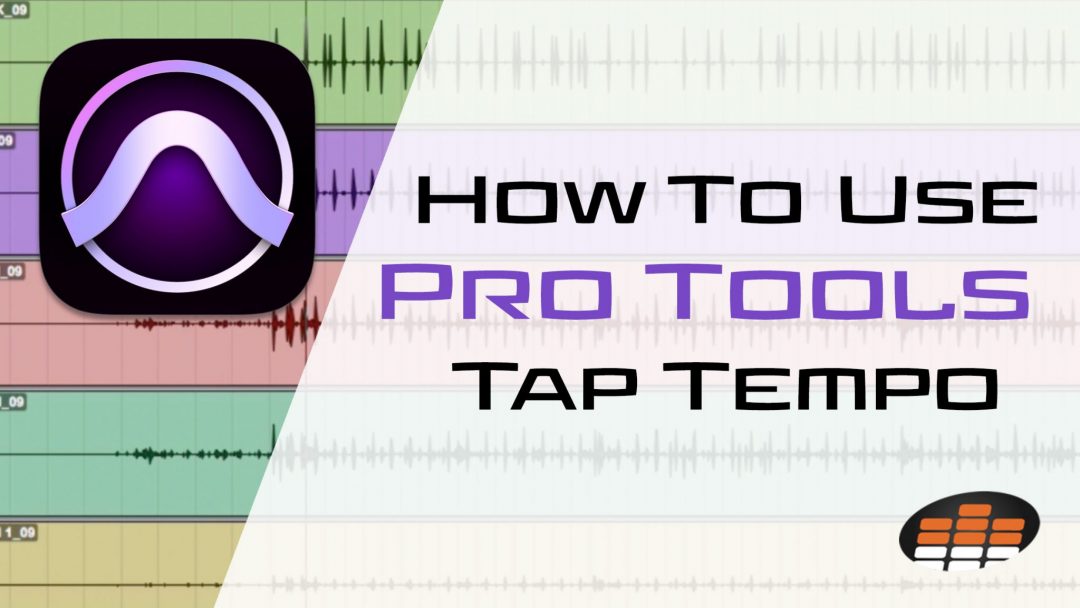If you’re a musician or producer, you know the importance of having a solid sense of rhythm. Whether you’re recording in a studio or performing live, staying in time is essential. That’s where the Pro Tools metronome comes in.
In this article, we’ll explore everything you need to know about using the Pro Tools metronome. From basic settings to advanced techniques, we’ve got you covered.
What is a Metronome?
Before we dive into the specifics of the Pro Tools metronome, let’s first define what a metronome is. Simply put, a metronome is a device that produces a steady beat at a set tempo. Musicians use metronomes to stay in time while practicing or performing.
Metronomes come in many forms, from traditional pendulum-style devices to digital apps on your phone. The Pro Tools metronome is a built-in feature of the popular music production software, allowing users to easily incorporate a metronome into their recording process.
Setting Up the Pro Tools Metronome
To get started with the Pro Tools metronome, you’ll first need to set up your session. Open a new session or load an existing one, and then follow these steps:
1. Click on the “Setup” menu at the top of the screen.
2. Select “Click” from the dropdown menu.
3. Choose your desired tempo by either typing it in or clicking and dragging the BPM (beats per minute) slider.
4. Adjust any other settings as needed, such as meter (time signature) and sound.
Once your settings are configured, you can start using the Pro Tools metronome by clicking on the “Click” button located above the timeline.
Using the Pro Tools Metronome for Recording
Now that your session is set up, you can use the Pro Tools metronome to stay in time while recording your tracks. Here are some tips for using the metronome effectively:
1. Start with a slower tempo: If you’re new to using a metronome, it’s best to start with a slower tempo and gradually work your way up. This will help you get comfortable playing or singing along with the beat without feeling rushed.
2. Choose the right sound: The Pro Tools metronome offers several different sound options, from traditional click sounds to more musical options like shakers and cowbells. Experiment with different sounds to find one that works best for your style of music.
3. Use headphones: When recording with a metronome, it’s important to hear the beat clearly in order to stay in time. Using headphones can help block out any external noise and ensure that you’re hearing the metronome accurately.
Advanced Metronome Techniques in Pro Tools
While the basics of using a metronome are straightforward, there are also some more advanced techniques you can use to get even more out of the Pro Tools metronome. Here are a few examples:
1. Automation: One interesting feature of the Pro Tools metronome is its ability to be automated. This means that you can program changes in tempo or meter throughout your song, creating dynamic shifts in rhythm.
2. Subdivisions: In addition to setting the main tempo, you can also set subdivisions within each beat. For example, if you’re playing in 4/4 time, you could set the subdivision to eighth notes instead of quarter notes. This can help you develop your sense of timing and precision.
3. Polyrhythms: For more advanced musicians, polyrhythms can be an exciting challenge to incorporate into their music. The Pro Tools metronome allows for complex polyrhythmic patterns, allowing you to experiment and push your skills to the limit.
Conclusion
Whether you’re just starting out or you’re a seasoned professional, the Pro Tools metronome is an essential tool for any musician or producer. By using it effectively, you can improve your sense of rhythm and create more polished recordings.
If you want to learn more about using the Pro Tools metronome or other music production techniques, be sure to check out the resources below:
– Pro Tools Official Website: https://www.avid.com/pro-tools
– Sound on Sound Magazine: https://www.soundonsound.com/
– MusicRadar: https://www.musicradar.com/




